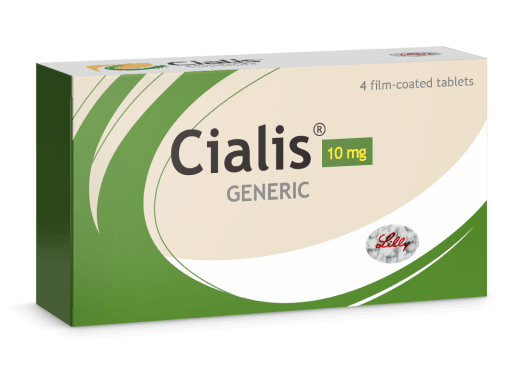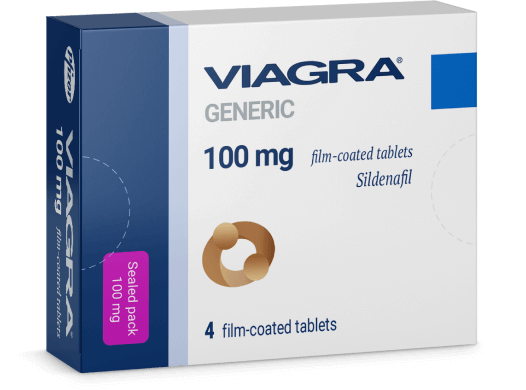
Understanding Muskelavslappende Midler: A Comprehensive Guide
In today’s fast-paced world, stress and muscle tension have become common issues affecting millions of people.
To address these concerns, many turn to Muskelavslappende Midler https://velvaereapotek.com/muskelavslappende-midler/, also known as muscle relaxants.
These medications play a critical role in easing discomfort and enhancing quality of life for individuals suffering from various conditions.
In this article, we will explore the mechanisms, types, uses, and potential side effects of muscle relaxants, shedding light on their significance in contemporary healthcare.
What Are Muskelavslappende Midler?
Muskelavslappende midler are pharmacological agents designed to reduce muscle tension and alleviate pain. They work by acting on the central nervous system or directly on the muscles to promote relaxation. These medications can be classified into two main categories:
centrally acting muscle relaxants and peripherally acting muscle relaxants. Understanding the distinctions between these categories is crucial for effective treatment.
Centrally Acting Muscle Relaxants
Centrally acting muscle relaxants primarily target the central nervous system. They are often prescribed for conditions such as acute muscle spasms, back pain, and neck pain. Common examples include:
- Baclofen: Effective for treating spasticity caused by multiple sclerosis or spinal cord injuries.
- Cyclobenzaprine: Often used for short-term relief of muscle spasms associated with acute musculoskeletal conditions.
- Diazepam: A benzodiazepine that not only acts as a sedative but also helps reduce muscle tension.
These medications can provide quick relief but may have side effects, including drowsiness, dizziness, and potential dependence if used long-term.
Peripherally Acting Muscle Relaxants
Peripherally acting muscle relaxants work at the neuromuscular junction, relaxing skeletal muscles. They are primarily used during surgical procedures or in situations requiring paralysis. Examples include:
- Succinylcholine: Used for rapid sequence intubation and short surgical procedures.
- Rocuronium: A non-depolarizing neuromuscular blocker that provides longer-lasting muscle relaxation.
These agents are typically administered in controlled medical settings due to their potent effects and potential for complications.
Indications for Use

Muscle relaxants are commonly prescribed for various conditions, including:
- Acute Muscle Spasms: Often caused by overexertion, injury, or stress, result in pain and discomfort.
- Chronic Pain Conditions: Conditions like fibromyalgia and myofascial pain syndrome may require muscle relaxants for symptom management.
- Neurological Disorders: Patients with conditions such as multiple sclerosis may benefit from muscle relaxants to reduce spasticity.
- Post-Surgical Recovery: Muscle relaxants can aid in pain control and facilitate physical therapy.
While these medications can be effective, it is essential to use them judiciously and under a healthcare provider’s guidance.
Side Effects and Considerations
Like any medication, muskelavslappende midler come with potential side effects. Some common side effects include:
- Drowsiness and fatigue
- Dizziness and lightheadedness
- Nausea and gastrointestinal disturbances
- Dependency and withdrawal symptoms with prolonged use
It’s crucial for patients to discuss any pre-existing medical conditions and current medications with their healthcare provider to minimize the risk of adverse effects.
Additionally, it is essential to avoid alcohol consumption and certain medications that may interact negatively with muscle relaxants.
Challenges and Precautions
The use of muscle relaxants is not without challenges. Due to their sedative effects, patients may experience decreased coordination and cognitive function. This concern becomes particularly relevant for those operating heavy machinery or driving.
Furthermore, the potential for dependency, especially with centrally acting muscle relaxants, necessitates careful monitoring and consideration of alternative therapies.
Complementary Approaches
While muskelavslappende midler can be an essential part of treatment, they should not be viewed as the only option. Complementary approaches, such as physical therapy, chiropractic care, massage therapy, and exercise, can be beneficial in managing muscle tension and pain.
Mind-body techniques like yoga and meditation have also gained popularity for their ability to reduce stress and promote relaxation.
Conclusion
Muskelavslappende midler play a vital role in managing muscle tension, spasms, and associated pain. Their effectiveness, especially in acute situations, cannot be understated.
However, like all medications, they come with risks and should be used judiciously. A comprehensive approach, incorporating various treatment modalities, can offer the best outcomes for individuals dealing with muscle-related issues.
By understanding the benefits and limitations of muscle relaxants, patients can work with their healthcare providers to create a tailored treatment plan that best suits their needs.